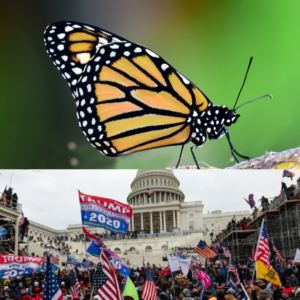Part 4 of a 10-part Series:
Federalists and Dominionists Take Over the Courts

The appearance of influence or access, furthermore, will not cause the electorate to lose faith in our democracy.

The appearance of influence or access, furthermore, will not cause the electorate to lose faith in our democracy.